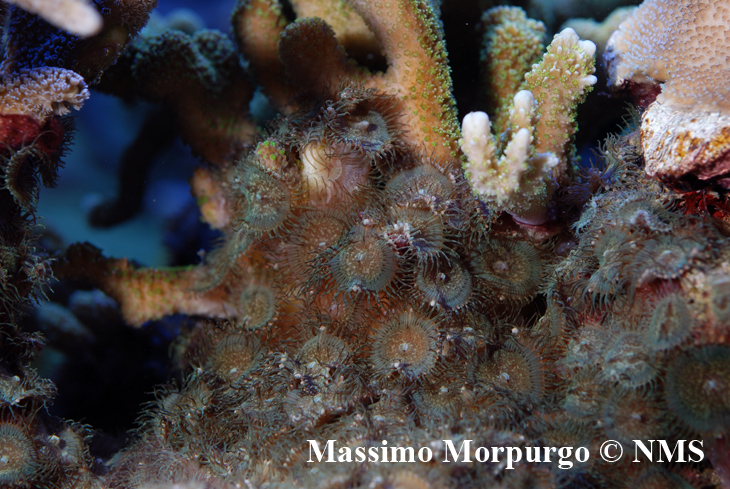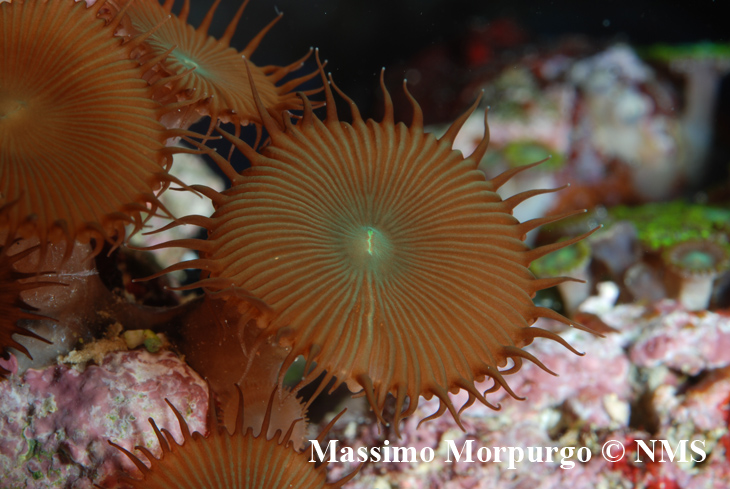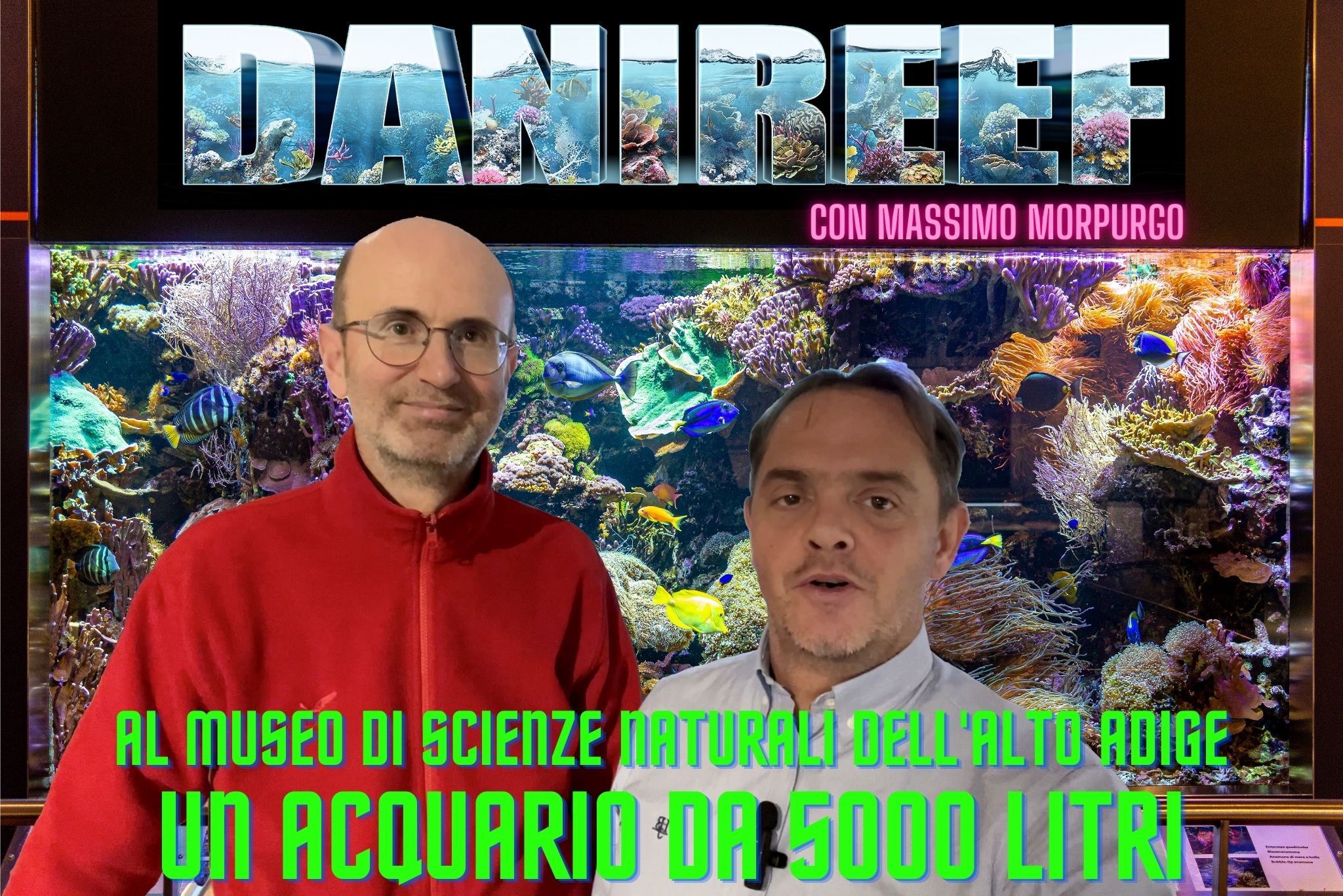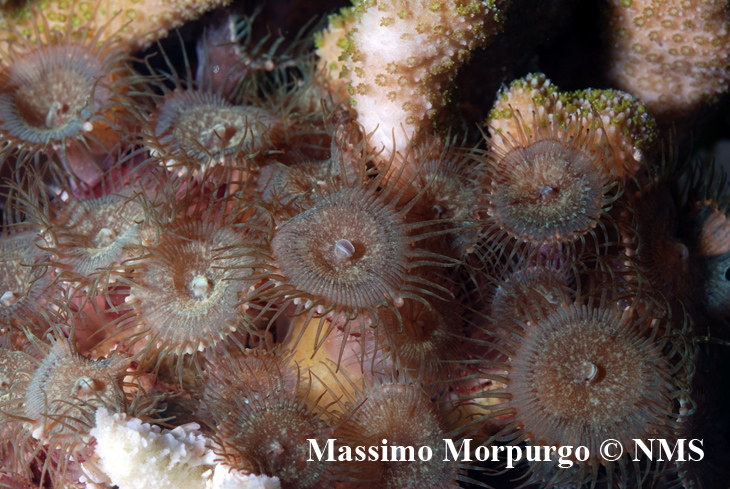A few cases of palytoxin intoxication
The literature have reported some cases of accidental injestion or contact with lips of small quantity of Zoantharia mucus. A typical symphtom in this case is a metallic aftertaste in the mouth. For example Borneman (Aquarium corals: selection, husbandry and natural history. T. F. H. Publications, 2001) reports the case of a hobbyist who, after having touched a Palythoa colony, accidentally put the fingers in his mouth. He felt his mouth numb and started tasting this metallic aftertaste.
Another hobbyist has accidentally ingested a small drop of water with secretion while he was brushing away a Palythoa colony from a rock, outside the tank. He experienced tachycardia, headache, unstable blood pressure and a metallic aftertaste. In a few hours the symptoms disappeared without other consequences (Friedrich, 2012: Palytoxin – Vom Aquarium ins Krankenhaus? Der Meerwasseraquarianer 1: 54-67).
A third person has experienced the same symptoms, with the addition of mouth swelling, shortness of breath and tiredness, after having siphoned his tank by mouth, the tube had come in contact with a Palythoa colony mucus (Friedrich, 2012).
Most common ways of contact
Some Palythoa species live at small depths in the sea, so during low-tide they can easily remain exposed for several hours under the tropical sunlight, they are therefore able to survive out of water.
Often, Palythoa colonies get into a tank only accidentally, hidden in live rocks. In some tanks they are able to reproduce so quickly that they can easily become invasive and kill off stony corals.
This is exactly what happened to a hobbyist in Bolzano, who was brushing off invasive Palythoa under hot water from a live rock. This gave rise to an aerosol containing palytoxins which he inhaled. After a couple of hours from inhalation the patient suffered from coughing, respiratory complications and fever (38°C), the symptoms worsened, the fever grew higher (39°C), he had dyspnea, orthopnea, tachycardia. He was hospitalized in intensive care, with a diagnosis of partial respiratory failure. He was dismissed after 6 days, the fewer was gone and he only had a cough.

The most dangerous Palythoa
There have been done morphological and genetic analysis on the patient’s aquarium and they led to its determination as a Palythoa cf. toxica. Phylogenetic analysis show that the species belongs to the family of similar species P. heliodiscus / P. toxica / P. variabilis. Relying on the cases of intoxication reported in scientific literature, all the colonies of Palythoa, morphologically similar to P. heliodiscus, P. toxica and P. variabilis, have to be considered potentially dangerous.
The presence of high quantities of palytoxins (>90 μg/g of Zoantharia) in the polyps of Palythoa cf. toxica has been detected either by immunoenzymatic assayè (ELISA) and liquid chromatography paired with high resolution mass spectrometry (LC-HRMS). Other deepened analysis allowed to identify other two new analogs of the palytoxin, never discovered before: Deoxys Palytoxin and Hydroxide Palytoxin.

In addiction to the polyps of the P. cf. toxica‘s colony, which caused the intoxication, even polyps belonging to another species living in an aquarium of the Museum of the Natural Sciences of Bolzano have been analyzed . Thanks to phylogenetic and morphological analysis now it can be determined as Palythoa mutuki, while immunoenzymatic and chemical analysis found just few traces of palytoxin. So this second species results to be little toxic.
How to protect yourselves and the conclusions at page three















